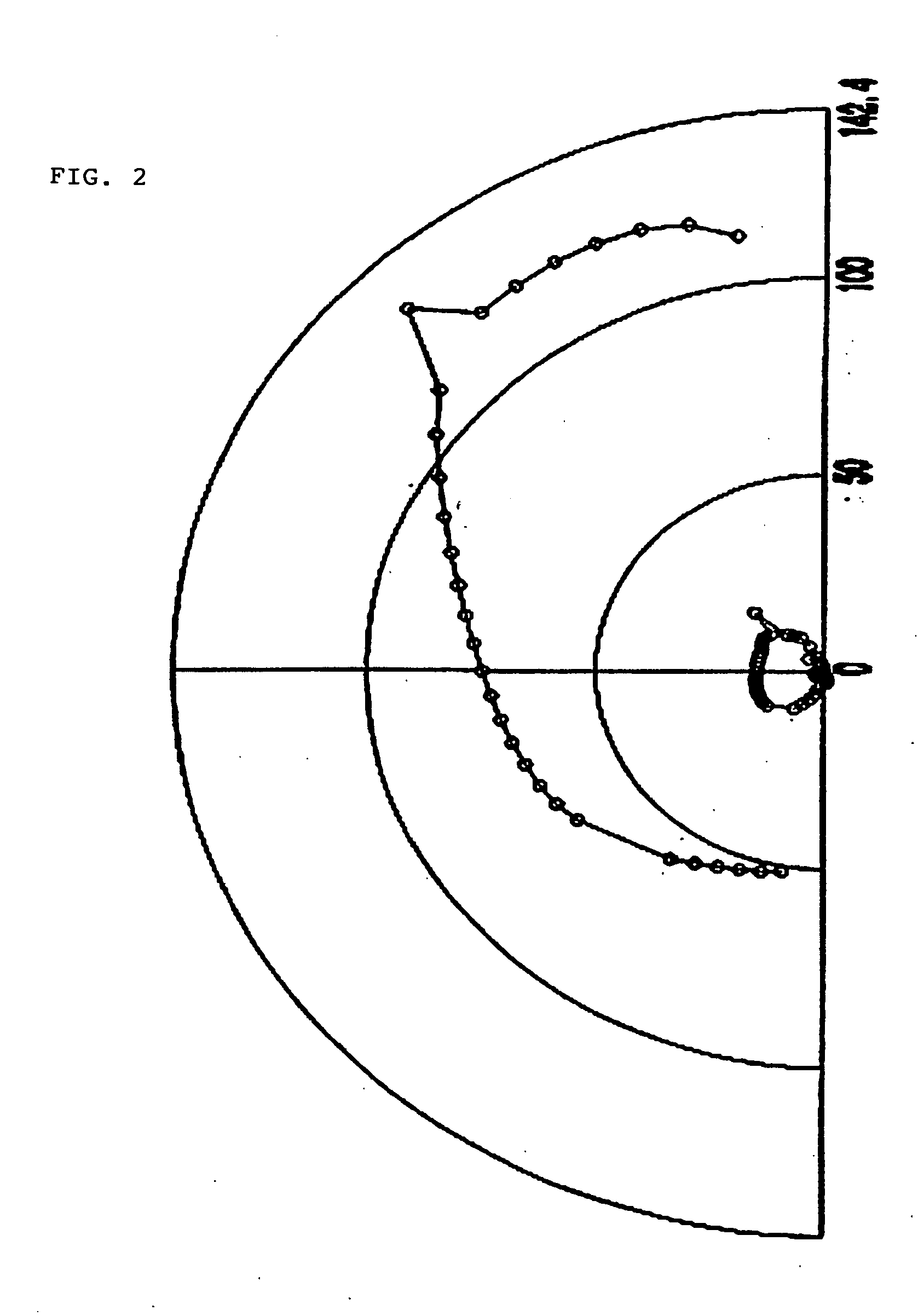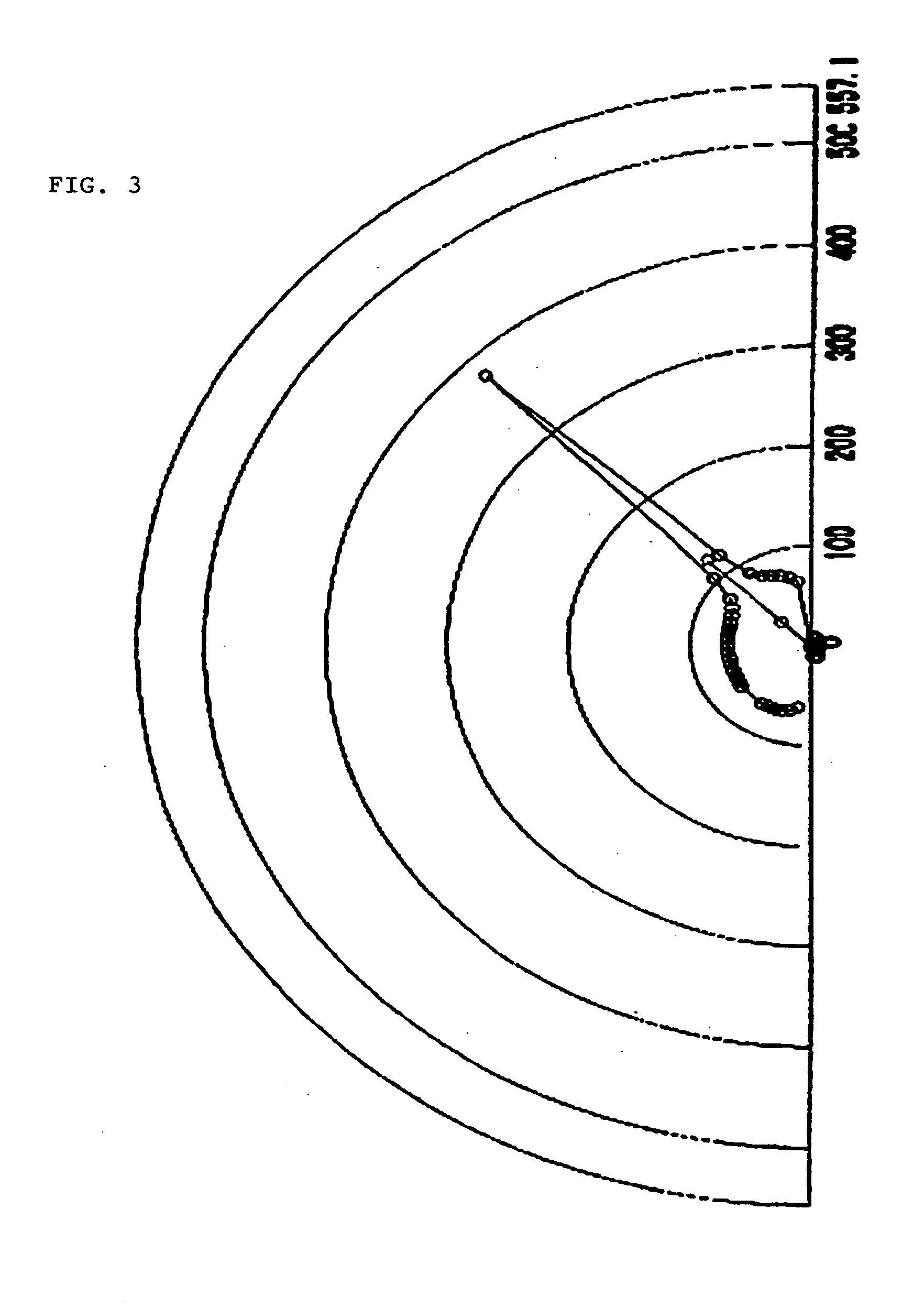Surface-finishing agent and finished material and method of surface finishing
a technology of surface finishing agent and finished material, applied in the direction of coating, solid-state diffusion coating, other chemical processes, etc., can solve the problems of difficult control of periodic structure, long time for forming coating film, porous coating film, weak water-repellency, etc., and achieve the effect of developing roughness on the surfa
- Summary
- Abstract
- Description
- Claims
- Application Information
AI Technical Summary
Benefits of technology
Problems solved by technology
Method used
Image
Examples
example 1
[0084] 40 parts by mass of octylsilylated fine particle titanium oxide (silica / alumina-treated fine particle titanium oxide treated with 10% by mass octyltriethoxy silane; average particle diameter: 35 nm; being dried and heated after reacting in a bead mill using toluene as a solvent) and 60 parts by mass of decamethylcyclopentasiloxane (a kind of cyclic volatile silicones; boiling point: 210° C.) were roughly mixed and then finely pulverized using a bead mill (a horizontal sand grinding mill) to obtain a slurry of octylsilylated fine particle titanium oxide in which octysilylated titanium oxide fine particles were uniformly dispersed.
[0085] Further, 45 parts by mass of octylsilylated fine particle zinc oxide (fine particle zinc oxide treated with 10% by mass octyltriethoxy silane; average particle diameter: 10 nm; being dried and heated after reacting in a bead mill using toluene as a solvent) and 55 Parts by mass of decamethylcyclopentasiloxane were roughly mixed and then finely...
example 2
[0096] A glass plate was coated with the surface-treating agent of Example 1 in an amount of 0.25 mg / cm2 and dried at 37° C. for 60 minutes, after which it was heated at 500° C. for one hour in a sintering oven.
[0097] The resulting coating film was hydrophilic but it maintained the coating film roughness structure similar to that mentioned above.
example 3
[0098] The surface-treated glass plate of Example 2 was coated with a 5% by mass isopropyl alcohol solution of perfluoroalkyl phosphate ester and dried at 80° C. for 3 hours.
[0099] The coating film thus obtained showed extremely high water repellency.
PUM
| Property | Measurement | Unit |
|---|---|---|
| roughness | aaaaa | aaaaa |
| average primary particle diameter | aaaaa | aaaaa |
| boiling point | aaaaa | aaaaa |
Abstract
Description
Claims
Application Information
 Login to View More
Login to View More - R&D
- Intellectual Property
- Life Sciences
- Materials
- Tech Scout
- Unparalleled Data Quality
- Higher Quality Content
- 60% Fewer Hallucinations
Browse by: Latest US Patents, China's latest patents, Technical Efficacy Thesaurus, Application Domain, Technology Topic, Popular Technical Reports.
© 2025 PatSnap. All rights reserved.Legal|Privacy policy|Modern Slavery Act Transparency Statement|Sitemap|About US| Contact US: help@patsnap.com



